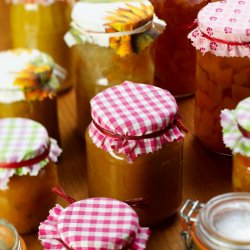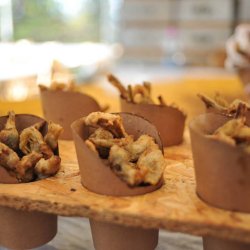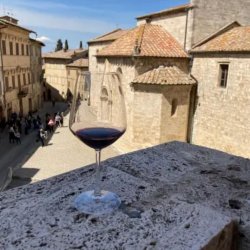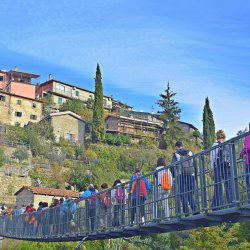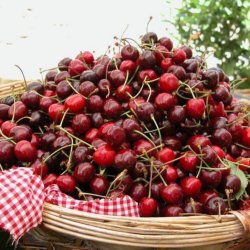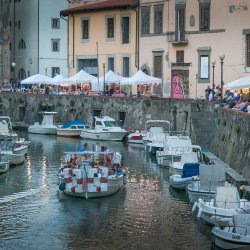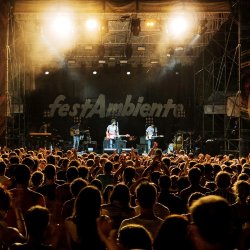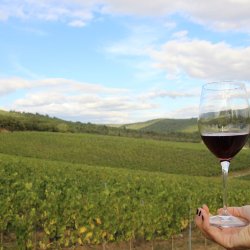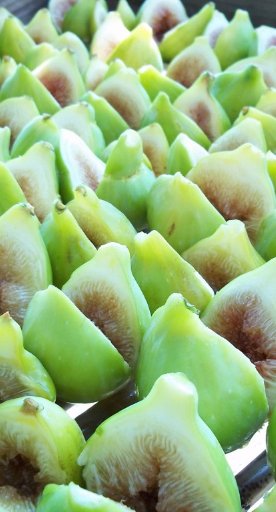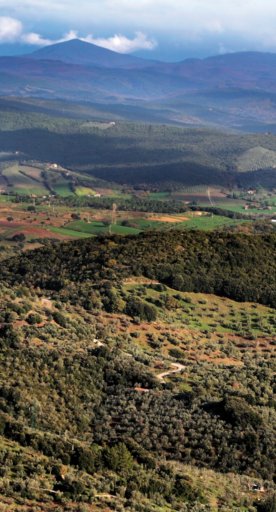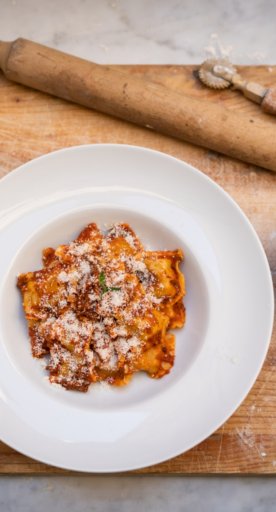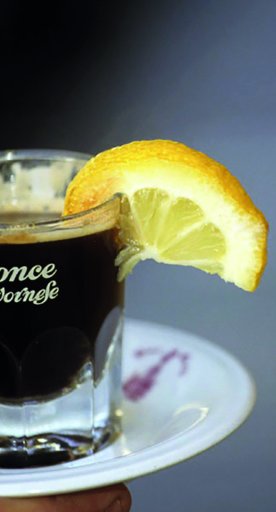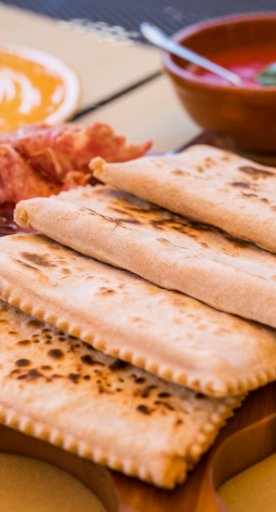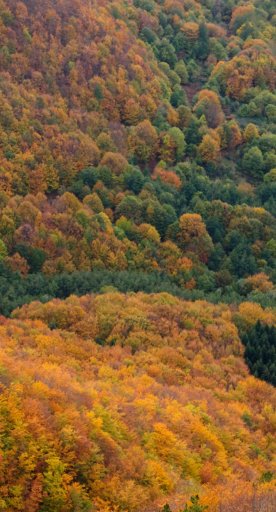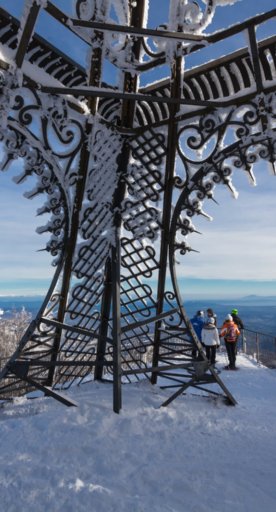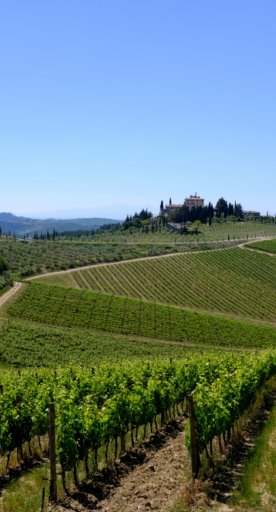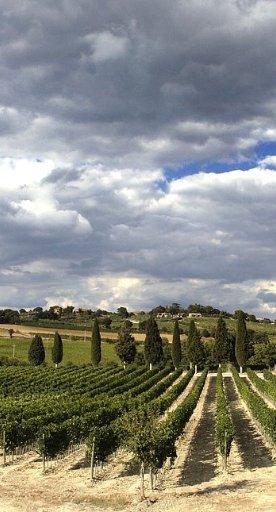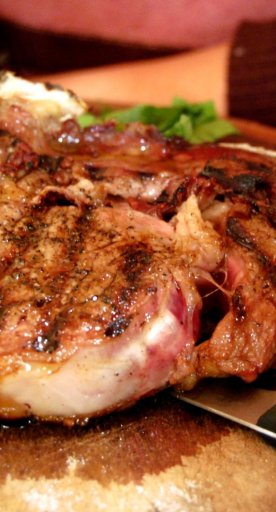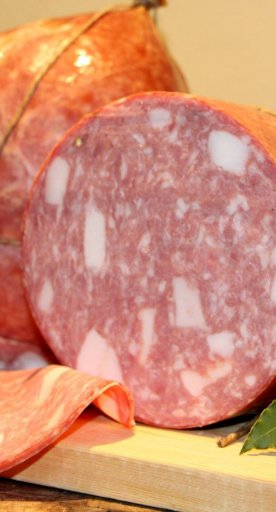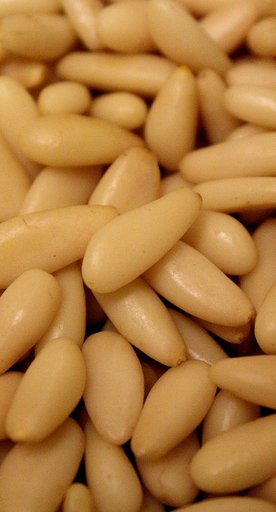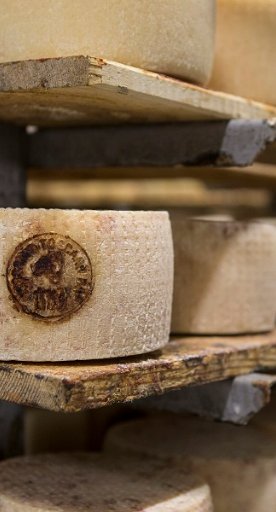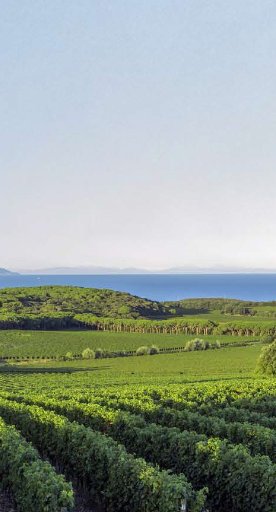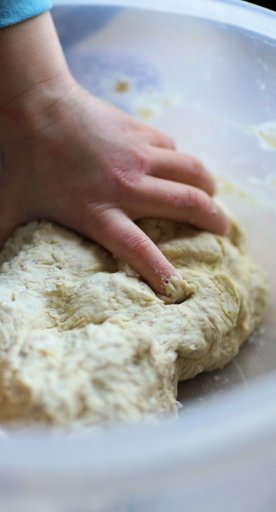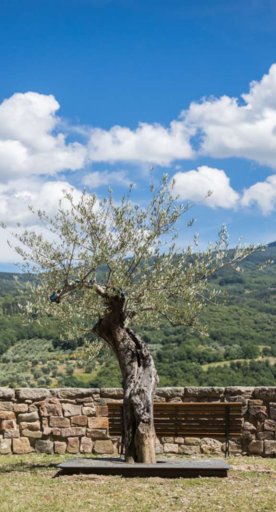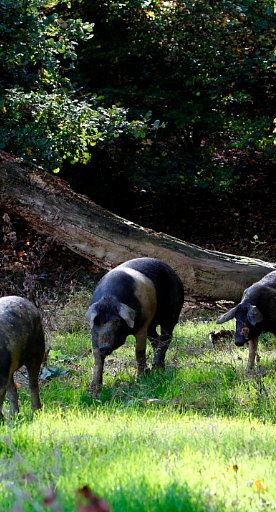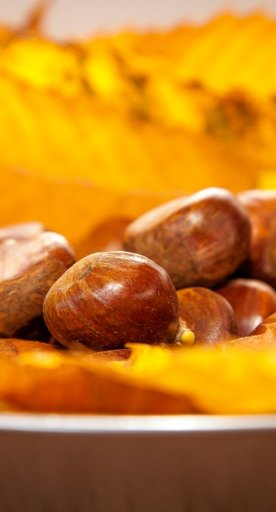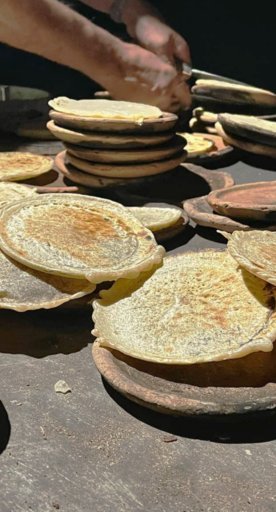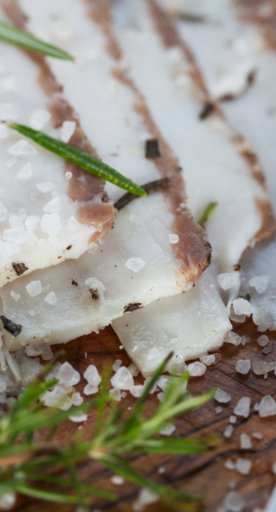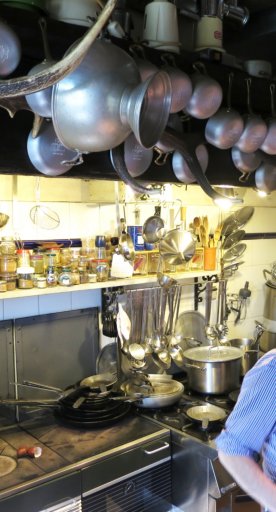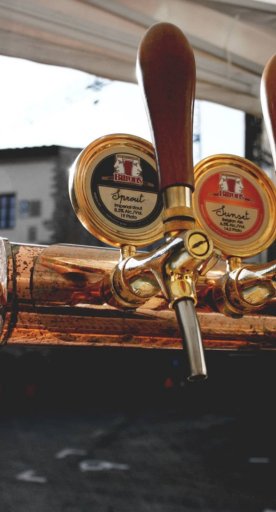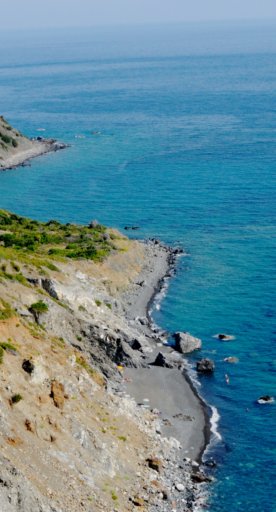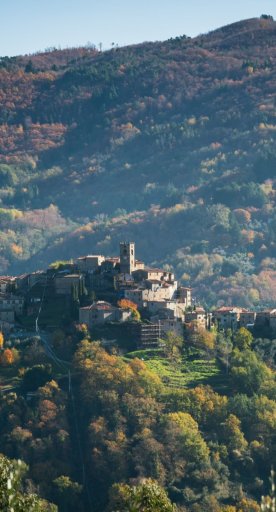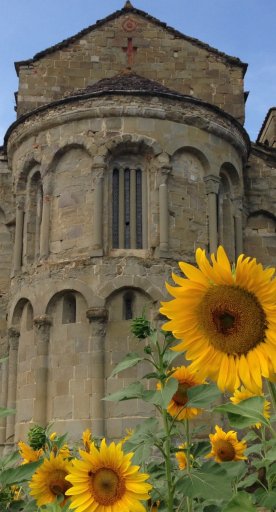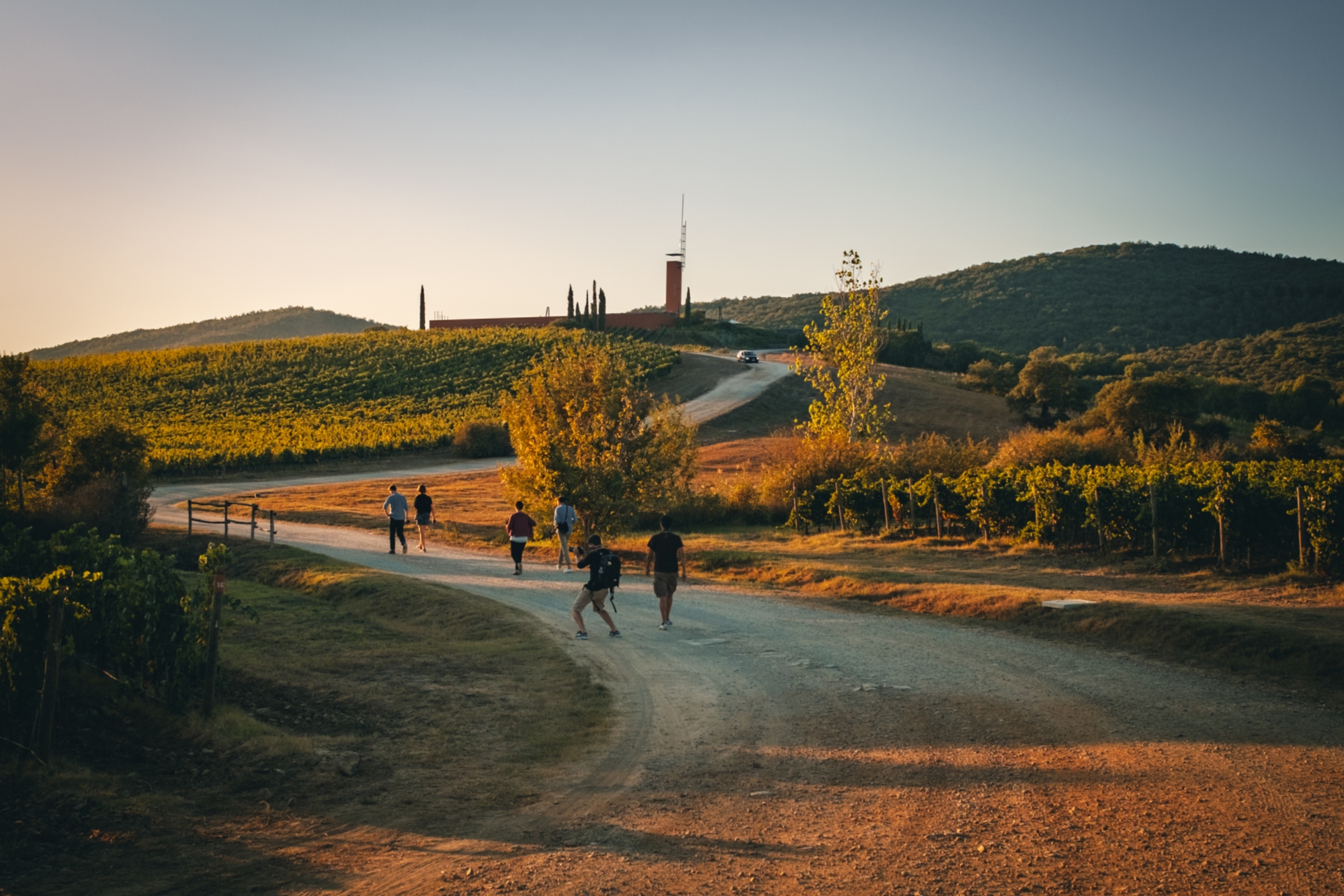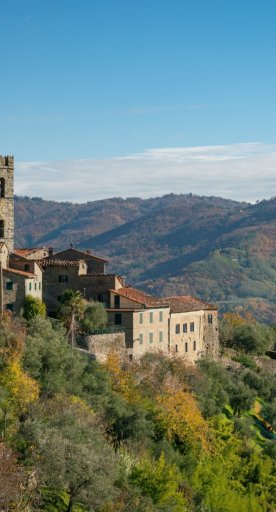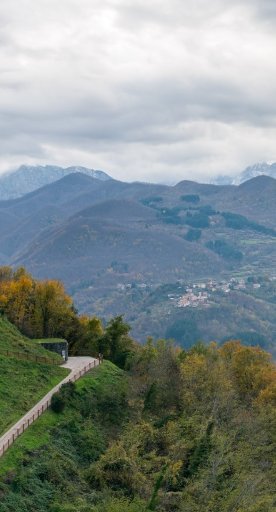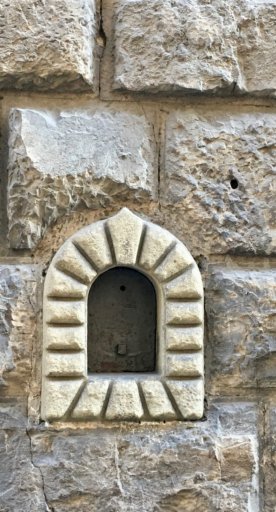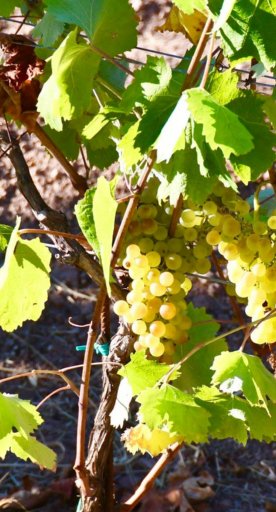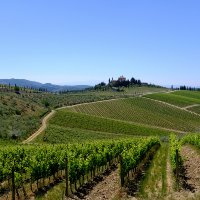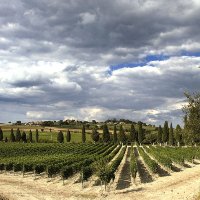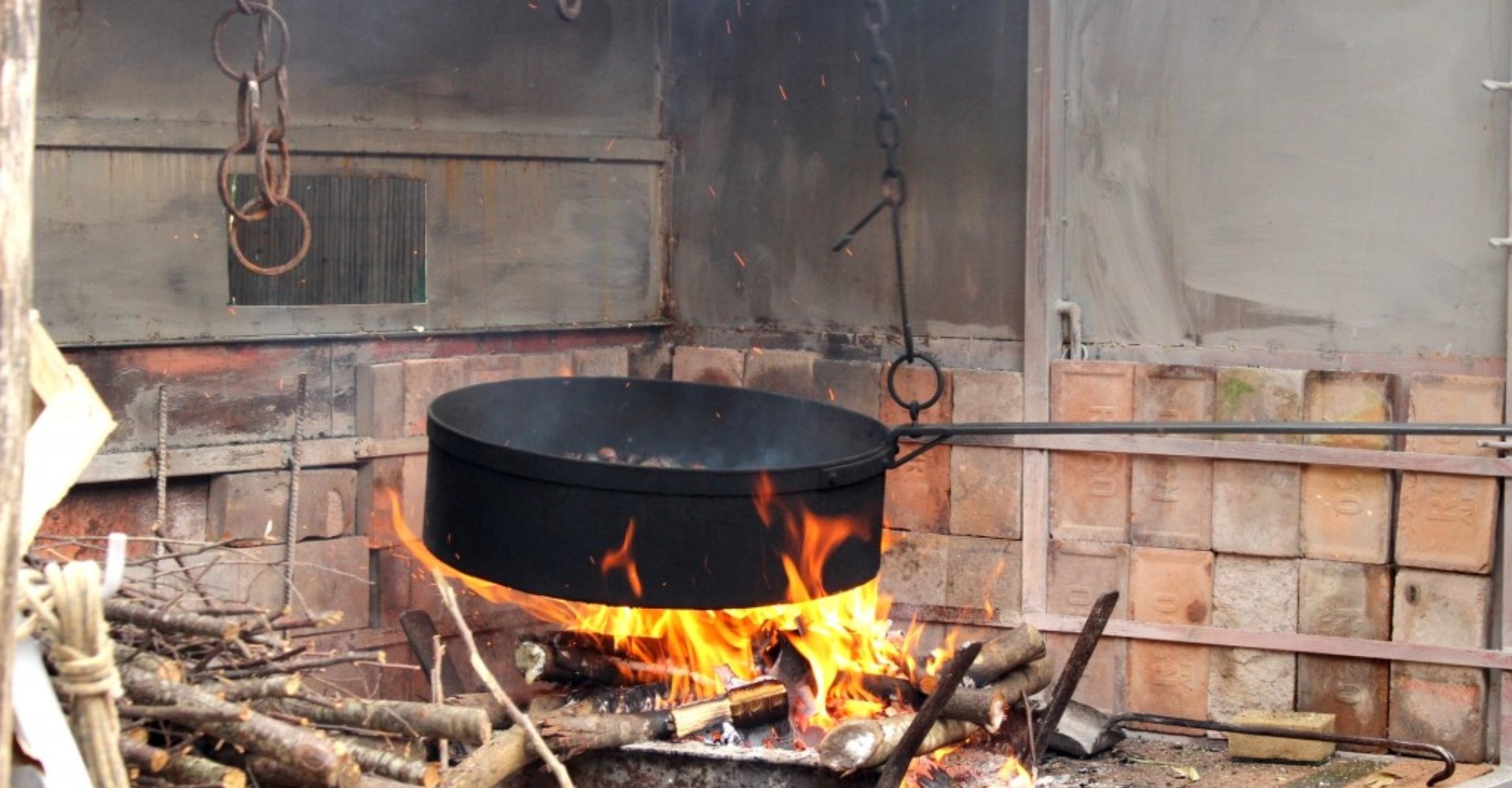
Chestnuts in Tuscany: top foods, recipes and travels
A brief guide to the best chestnut-based products and specialties that you can find and taste around Tuscany.
Over the centuries, chestnuts have been a fundamental source of food for the inhabitants of the mountainous areas in Tuscany. Known also as “tree bread” (pan di legno), for many people it was the only daily food available.
Due to its versatility and the high level of calories it provides, chestnut flour was used all year round to prepare cakes, pasta, soups, polenta and breads. Times have changed, but chestnut harvesting and manufacture is still a major activity for local economies. Here is a brief guide to the best chestnut-based products and specialties that you can still find and taste around Tuscany.
-
1.DOP and IGP Tuscan chestnuts products
-
2.Top Tuscan dishes made with chestnuts (and their recipes)
-
3.Travel tips for chestnut lovers
DOP and IGP Tuscan chestnuts products
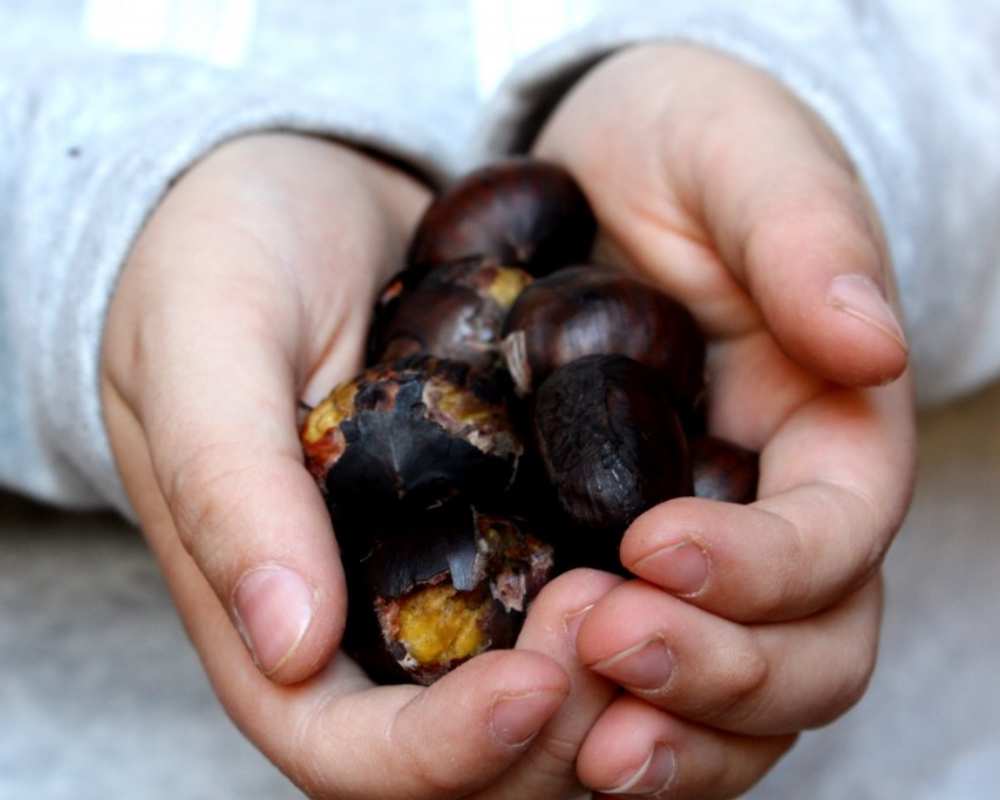
Monte Amiata chestnut – Castagna del Monte Amiata IGP (Monte Amiata): a sweet, delicate chestnut from the volcanic soils of the Amiata. The nuts, either boiled or roasted, marry perfectly with sweet muscat wines, gelato and custards.
Lunigiana chestnut flour – Farina di castagna della Lunigiana DOP (Lunigiana – Massa Carrara): the chestnut flour from Lunigiana has a very fine texture and is ivory in colour. Traditional products made in Lunigiana from chestnut flour are bread (marocca), focaccine (cian) and “lasagne” (lasagna bastarda).
Mugello chestnut – Marrone del Mugello IGP (Mugello – Firenze): the IGP Mugello sweet chestnut is markedly sweet, peels easily and is not excessively floury or astringent. It boasts slight hints of vanilla flavour and smells like hazelnuts or fresh bread.
Garfagnana chestnut flour – Farina di neccio della Garfagnana DOP (Garfagnana – Lucca): the cultivation of chestnut trees for their nuts goes back to around 1000 CE. In the area around Garfagnana, a cultivar was created which is especially suited to the production of flour and chestnuts.
Caprese Michelangelo chestnut – Marrone di Caprese Michelangelo DOP (Caprese Michelangelo – Arezzo): you can recognise this traditional “marrone” thanks to its elliptical shape, unique scent and sweet taste. Due to these characteristics, it is excellent when roasted, glazed, peeled or boiled with fennel.
Top Tuscan dishes made with chestnuts (and their recipes)
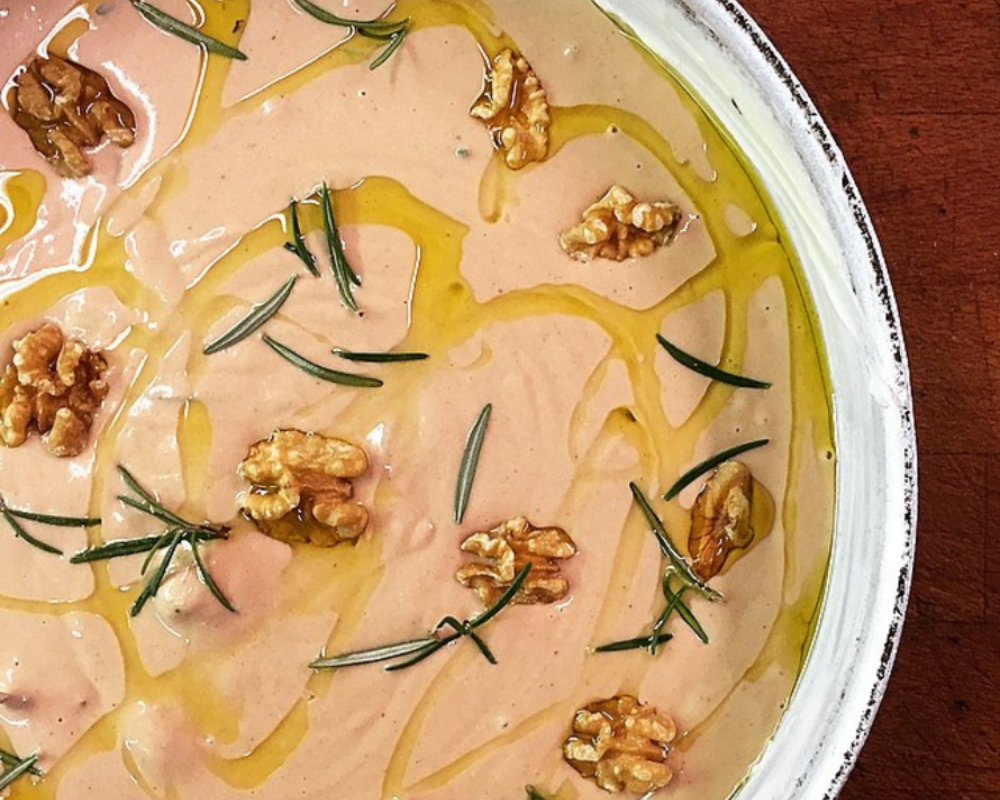
Castagnaccio (you can find it throughout the Region): one of the most famous Italian desserts is Tuscan Castagnaccio: a flat cake made with chestnut flour, water, extra virgin olive oil, walnuts or pine nuts and raisins. They say in the winter it warms the heart and fingers (since you don’t need a fork, but just your hands to eat Castagnaccio). You can find the recipe here.
Torta di Marroni (traditional dessert from Marradi - Florence's mountains): a shortcrust pastry stuffed with mixture of chopped chestnuts, milk, eggs and alchermes liquor.
Necci (from Pistoia mountains and Garfagnana): up in the Pistoia and the Garfagnana mountains you can find Necci: delicious chestnut flour crepes stuffed with fresh cottage cheese or chocolate. Check out the recipe here in this article by Emiko Davies.
Pattona (specialty from Comano - Lunigiana): a sort of bread made with a mixture of chestnut flour, water, salt and milk and then baked in a wood oven among chestnut leaves.
Lasagne bastarde (from Licciana Nardi - Lunigiana): a very special type of lasagna pasta made with chestnut flour. It is usually assembled in layers with cow's milk cheese and then baked.
Chestnut polenta (traditional dish from the Garfagnana and Mount Amiata): A sweet polenta made with chestnut flour and water and consumed as a first course with fresh ricotta cheese, grated parmesan or sausages.
Marocca di cassola (from the Lunigiana): the name Marocca appears to come from the dialect word marocat, which means “unpliable,” so named because in the past this bread was very hard. It is made by mixing chestnut and wheat flour with mashed potatoes. Traditional to the Lunigiana area, the bread was baked all year round thanks to the long life of chestnut flour, the only kind always available in the mountains (wheat was grown only on the valley floor).
Travel tips for chestnut lovers
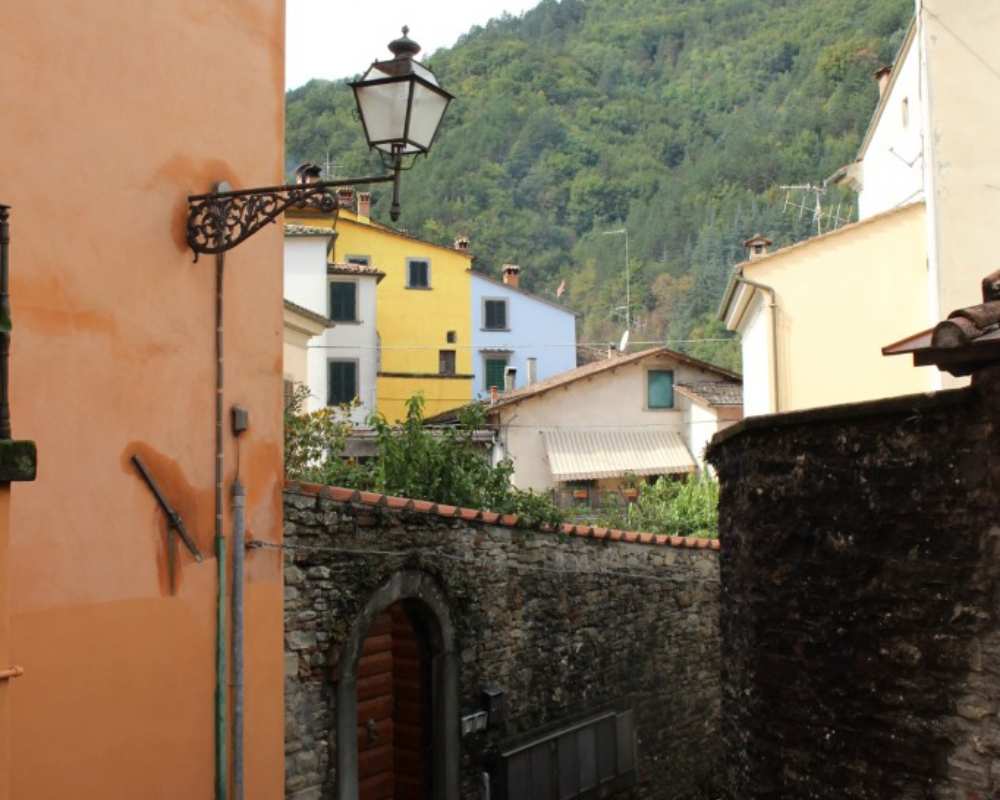
Chestnut festivals in Tuscany: for centuries many villages have celebrated the fall season with amazing food festivals such as the chestnut festivals. Find the top ones here.
On board a steam train: take a dip into the past and discover the most beautiful Tuscan towns on board a steam train. From Siena you can reach the Autumn Festival in Abbadia San Salvatore, the Crastatone Festival in Piancastagnaio, and the Porcini mushroom and chestnut festival in Vivo D'Orcia. Check here all the information about the Nature Train.
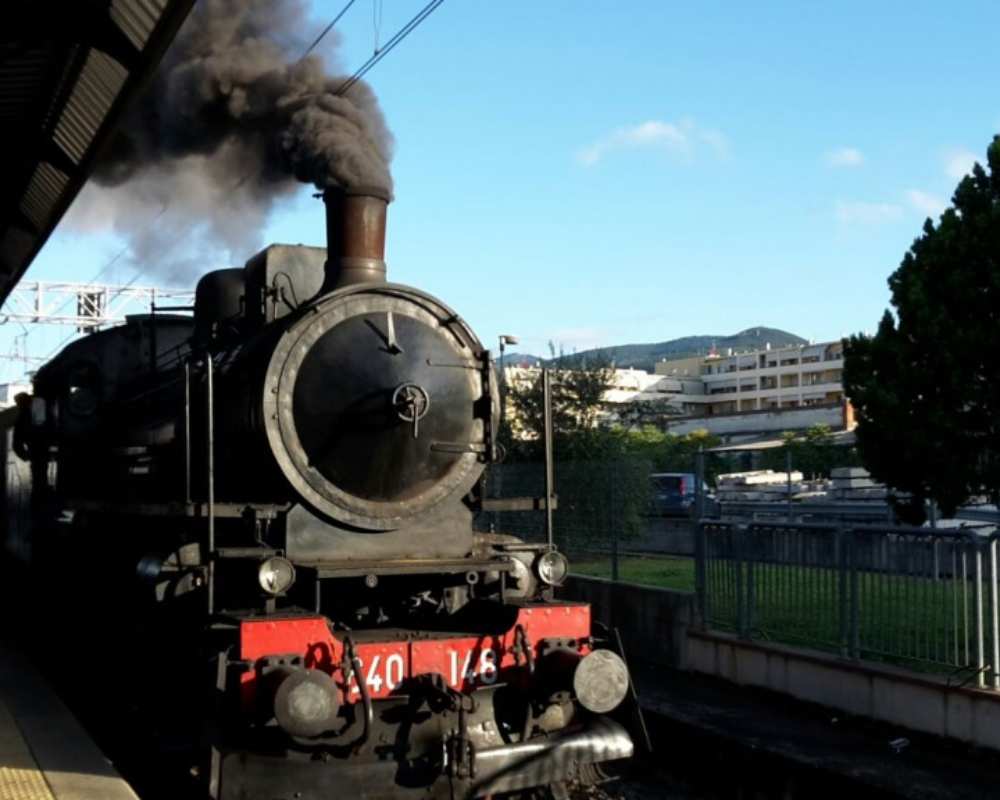
Throughout the month of October, Marradi (near Florence) celebrates its famous PGI chestnut. You can travel to Marradi by car, bus or train, but I recommend you reach the town by travelling on the old steam train from Florence. You will travel on a 1930' wood carriage through the magic Mugello forests and small villages, old tunnels and beautiful vineyards. Tickets are not cheap but kids under 10 years old can travel for free.

